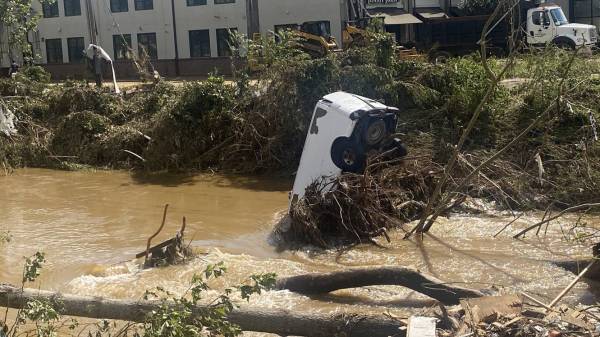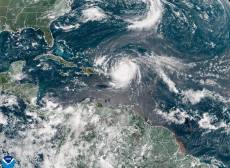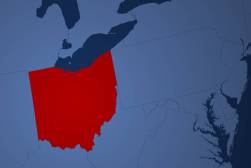North Carolina officials say next-generation 911 network withstood Hurricane Helene

During Hurricane Helene, one of the strongest hurricanes to ever hit North Carolina, the state’s next-generation 911 network played a pivotal role in emergency telecommunications as it rerouted calls away from compromised emergency call centers, officials from the state’s 911 board announced Friday.
According to the North Carolina Department of Information Technology, which houses the state 911 board, operators received nearly 90,000 calls from Sept. 26-28, a 55% increase in call volume over the same time frame last year. Nineteen emergency call centers in the western part of the state, which was heavily impacted by the storm, were forced to reroute 911 calls to 23 other non-impacted call centers, to dispatch emergency services.
“Had the old technology and analog network still been in place, the infrastructure would have been destroyed and we would not have had the capability to route calls to other PSAPs and connect people to critical emergency services,” L.V. Pokey Harris, the 911 board’s executive director, said in a press release. “Thanks to the resiliency and redundancy of this network, we had no reports of 911 calls not being delivered.”
Next-generation 911 in North Carolina rides atop AT&T’s emergency services IP network, digital infrastructure that replaces the network of copper phone lines used by the state’s old 911 system.
Helene made landfall Sept. 26 on Florida’s Gulf Coast as a Category 4 hurricane, with winds reaching 140 miles per hour and heavy rainfall that caused severe flooding and power outages across its 500-mile path. Upon reaching the United States, the tropical cyclone killed at least 225 people and has left 93 missing.
Mountain towns, like Asheville, in Western North Carolina, were hit particularly hard, with some communities receiving nearly 15 inches of rain, according to the National Weather Service, causing mudslides and damaging roads and bridges.
“The mountain region has not been impacted in nearly the way that this storm had an impact,” Aaron Moody, a representative for the North Carolina Department of Transportation, told StateScoop in a recent interview. “So while we were as prepared as we could have been in terms of equipment and having signs ready and that kind of thing. What nobody could really prepare for would be the amount of rainfall really come in such a short amount of time.”
North Carolina’s Network Monitoring and Assistance Center, in Raleigh, monitored the 911 network to ensure emergency calls were being automatically rerouted to available call centers, offering first responders and residents a reliable form of communication.
“We hope we never experience a storm like Helene ever again,” Harris said in the release. “But if we do, we have confidence in knowing that the N.C. 911 Board’s investment in ESInet produced substantial benefits for North Carolina.”






